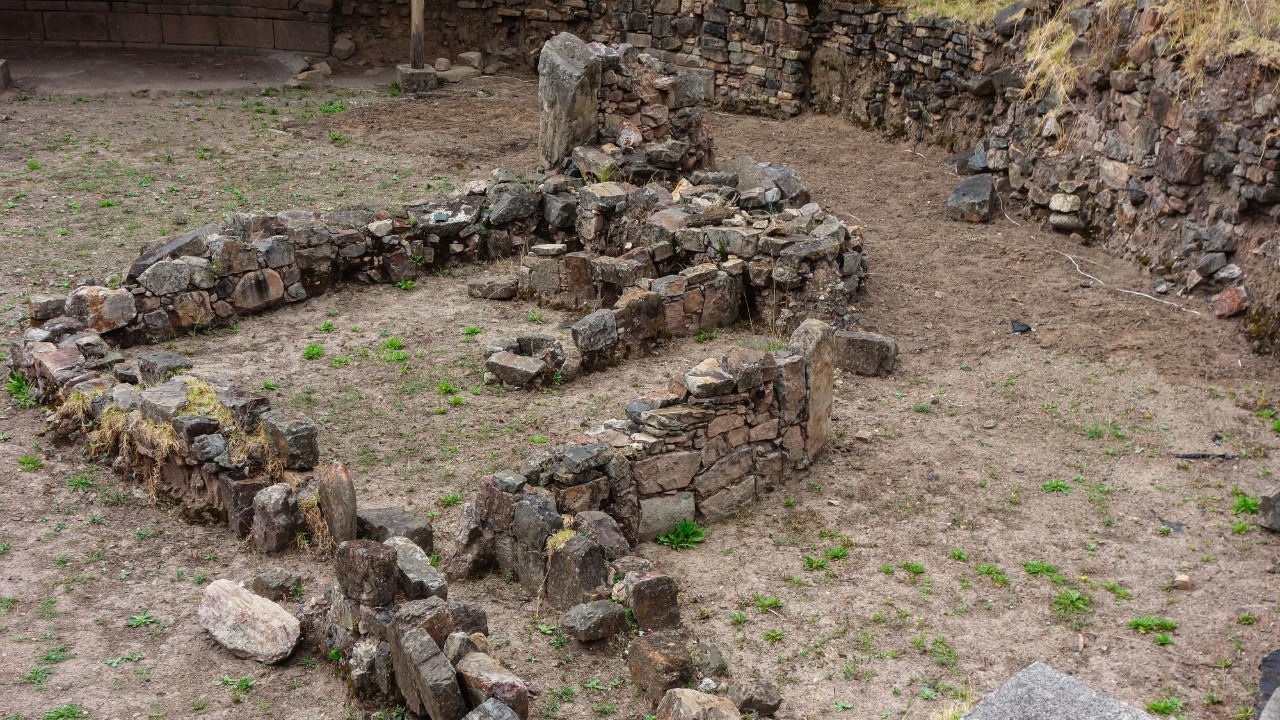
Archaeologists have unearthed four enigmatic stone megastructures in the Adriatic Hinterland of Europe, shedding light on the continent’s earliest large-scale prehistoric hunting system. These colossal structures, previously unknown, exhibit an advanced hunting architecture that facilitated the trapping and channeling of large game across extensive areas. This discovery, as detailed in recent reports, revolutionizes our understanding of the cooperative strategies employed by early European societies.
Location and Initial Discovery
The four megastructures were discovered in the rugged terrain of the Adriatic Hinterland, an area ideally suited for prehistoric hunting. The initial surveys, which led to the 2025 announcement of these massive lost prehistoric stone megastructures, were conducted in this region. The excavation process was a collaborative effort among archaeologists who worked tirelessly to uncover this previously unknown large-scale prehistoric hunting architecture in Europe.
Structure and Design of the Megastructures
The engineering features of these ancient stone megastructures are truly remarkable. Their size and layout were designed to form enclosures and drive-lines for herding animals. Constructed using local stone, these megastructures formed interconnected systems spanning kilometers across the landscape. The four mysterious stone megastructures varied in form, including walls and pits, and were adapted to the topography of the Adriatic Hinterland for efficient prey containment.
Purpose as an Organized Hunting System
The megastructures reveal Europe’s earliest large-scale prehistoric hunting system, used for communal drives of herbivores like deer and aurochs. Evidence from tool marks and animal remains indicates the structures’ role in coordinated hunts by groups of early humans. The ancient hunting system discovered was linked to seasonal patterns, where megastructures funneled game into kill zones for maximized efficiency.
Archaeological Evidence and Analysis
Findings from radiocarbon dating and artifact analysis confirm the megastructures’ prehistoric age, predating known European hunting complexes. Bone assemblages and lithic tools recovered at the sites link them directly to the hunting activities facilitated by these stone architectures. The purpose of the four mysterious stone megastructures was finally uncovered through geophysical surveys and excavations.
Implications for Prehistoric Societies
The discovery of these megastructures indicates organized social cooperation among Europe’s earliest hunter-gatherers in the Adriatic region. The structures’ design for group participation evidences a shift from individual to large-scale communal hunting. The environmental context of the Adriatic Hinterland, with its abundant resources, supported the development of this advanced prehistoric hunting architecture.
Broader Historical and Cultural Impact
The unveiling of Europe’s lost megastructures challenges previous timelines for organized hunting in prehistoric Europe. This discovery draws parallels with similar drive systems in other regions, positioning this as the earliest known example on the continent. The discovery has sparked ongoing debates among experts about the societal organization required to build and maintain such ancient stone megastructures.
More from MorningOverview